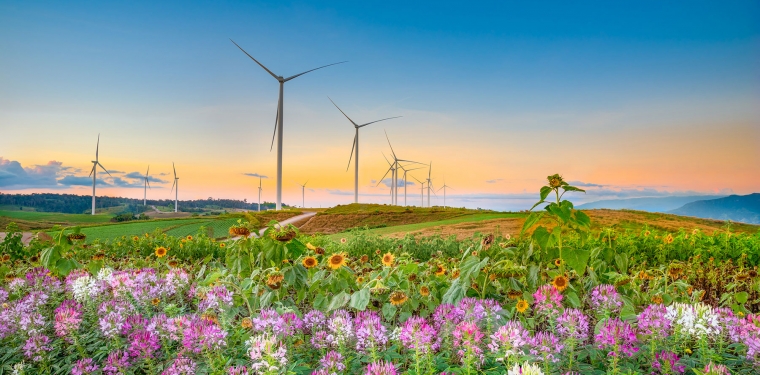Large Red Algal Bloom in Gulf of Mexico Raises Environmental Concerns

Red tides are not a new phenomenon, but the one invading Florida’s Gulf Coast this summer should give anyone who is concerned about the environment pause for concern. Scientists prefer to call what is occurring harmful algal blooms, or HABs. This situation occurs when colonies of algae plants grow out of control to produce toxic and harmful effects on marine life, birds and even people.
The algal blooms occur virtually every summer along Florida’s Gulf Coast and have been documented as far back as the 1840s and even earlier in some areas of the southern Gulf of Mexico. This HAB, which turns the water red, hence its nickname, is the product of microscopic algae that produce toxins that kill fish and make shellfish dangerous to eat. The algae also produce a stink that irritates the airways of those who have asthma and other respiratory conditions.
What Causes the Red Tide?
In essence, red tides are a natural occurrence, produced by a number of factors that include warm ocean surface temperatures, high nutrient content, calm seas and low salinity. The phenomenon is most common from late spring into early fall and often occurs when rain is followed by sunny days. Red tide can also be carried for long distances by wind, tides, currents, storms and even ships.
This year’s red tide is especially destructive as hundreds of sea turtles have died. Sarasota County has been particularly affected with Longboat Key having removed more than five tons of dead fish. At least nine dead dolphins have also washed up on shore. Manatees have also been affected. The current red tide had its beginnings lat October. It stretches from Naples in the south north to Anna Maria Key just west of Bradenton.
Why We Should Be Concerned
Although red algal blooms can sometimes suddenly dissipate, the one currently plaguing Flordia gives cause for concern as does the blue-green algal blooms currently affecting some of the state’s fresh waterways, which has a direct relationship to runoff from fertilizers and urban runoffs. Heavy rains contribute to the runoff and come with high levels of nitrogen, phosphorus and other nutrients upon which the algal blooms feed.
Researchers aren’t exactly sure why the current red tide is so severe. Some have theorized that red algal blooms intensify after intense hurricanes. Irma swept up Florida’s west coast last September, which could have sparked the current phenomenon by stirring up nitrogen and phosphorus from the ocean floor. Similar large red tides occurred in 2004 and 2005 after a number of intense hurricanes repeatedly hit the peninsula.
Could global warming along with continued extensive use of chemical fertilizers be creating uncontrollable algal blooms in the sea? Scientists now have the means to track burgeoning algal blooms by satellite so that coastal authorities may prepare for their approach. The question remains, however, regarding what can be done to prevent them?



